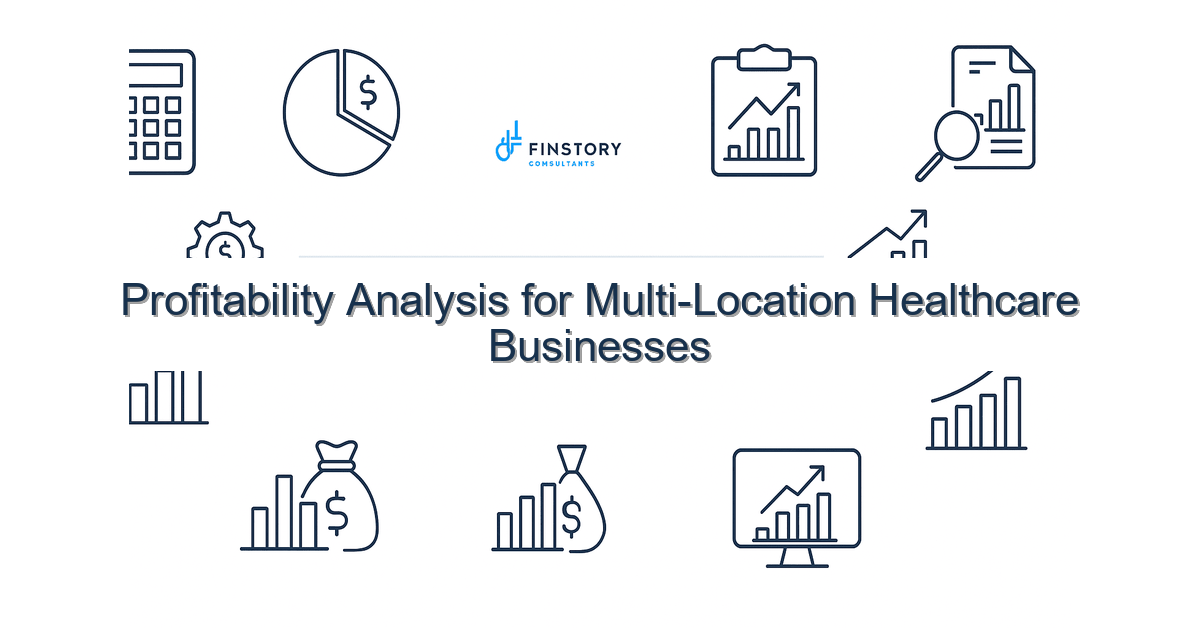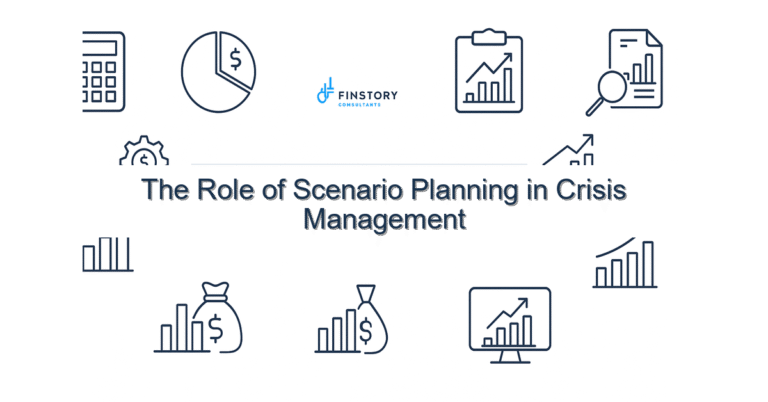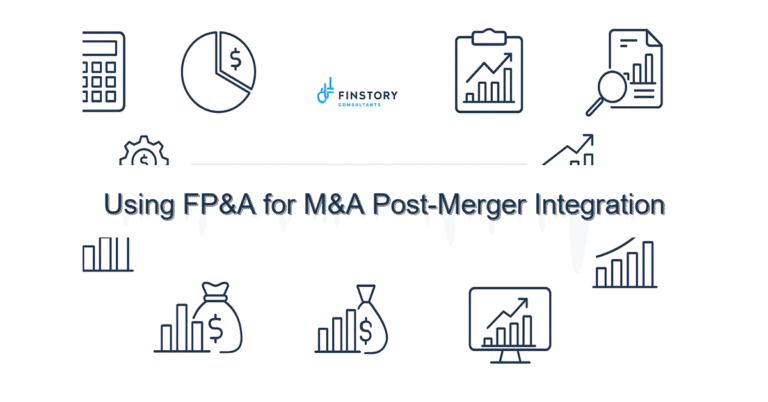Profitability Analysis for Multi-Location Healthcare Businesses
You care about both care quality and the bottom line. Multi-location healthcare organizations often struggle to see which clinics, departments, or service lines truly make money — and which quietly drain margin. That uncertainty makes hard decisions feel risky.
Summary: Build consistent, location-level profitability analysis that ties revenue and costs to actionable decisions. The result: clearer investment choices, faster monthly closes, and targeted margin improvements that protect patient access and institutional health.
What’s the real problem?
On paper your enterprise may look profitable, but aggregate numbers mask variation. Some clinics thrive while others lose money. Without repeatable, audited methods to allocate costs and measure revenue by location, leaders guess — and guessing costs money.
- Symptoms: you can’t explain why one region underperforms month after month.
- Symptoms: finance spends days reconciling allocations instead of advising operations.
- Symptoms: leadership debates closing sites without clear financial evidence.
- Symptoms: incentive plans or budget targets don’t align with true contribution margin.
What leaders get wrong
Leaders want clarity, but common responses create more noise.
- Relying only on top-line revenue or visits per location. That ignores indirect costs like shared admin, IT, or lab services.
- Using ad-hoc allocations (square footage or headcount) and calling it insight. Those methods are quick but often misleading.
- Waiting for a perfect model before any action. Perfection delays decisions while bad performance compounds.
- Keeping finance siloed from operations. Analytics that sit in finance reports don’t change front-line behavior unless they’re operationalized.
A better approach
The goal is not to produce a single number but to create a repeatable process that surfaces decisions. Do these five things:
- Define clear ownership and objectives. Decide what “profitability” means for your organization — contribution margin, operating margin, or cash flow — and assign accountability.
- Map cost pools to drivers. Separate direct costs (staff, supplies) from indirect costs (shared admin, IT). For each pool, choose a transparent driver: visits, minutes of care, lab tests, or facility area.
- Automate data flows. Pull patient volumes, charges, payer mix, and payroll into a single model. Reduce manual journal entries and versioning errors.
- Create leadership reporting that’s simple and action-oriented. Provide three measures per location: revenue, controllable costs, and contribution margin with trend and benchmark against peers.
- Embed a feedback loop. Review monthly with operations to test assumptions and turn insights into operational pilots (hours, staffing, service mix).
Real-world note: A regional ambulatory network I worked with found one clinic losing roughly $120k per year after we linked payroll and visit-level volumes. By shifting a small block of clinic hours and cross-training two nurses, they restored positive contribution margin within a quarter — and kept care accessible to patients nearby.
Quick implementation checklist
- Pick a single profitability definition and stick to it for 3 months.
- Create a basic location-level P&L template (revenue, direct costs, allocated indirect costs).
- Identify 5 key cost drivers (e.g., visits, FTE hours, labs processed, operating hours, square footage).
- Automate one data source this week (payroll or visit volumes).
- Run your first month of allocations and flag the top 5 outliers.
- Hold a 60-minute review with ops for the outliers — focus on root causes, not blame.
- Set one operational experiment (change hours, staffing mix, or referral flow) and track weekly.
- Document assumptions and keep a simple version history for the model.
What success looks like
Measures should be specific and time-bound:
- Location-level cost allocation accuracy from estimated 70% to >90% within 6 months.
- Monthly close and reporting cycle reduced from 12 days to under 5 days.
- Top- and bottom-quartile margin variance narrowed by 20% as decisions rebalance resources.
- Operational changes yielding 3–6% margin improvement across targeted locations within 6 months.
- Analytics program ROI achieved in 6–9 months from captured savings and improved utilization.
Risks & how to manage them
- Risk: Allocation fights that derail collaboration. Mitigation: Use transparent drivers and run sensitivity analyses to show how conclusions change.
- Risk: Data quality issues (mismatched codes, delayed feeds). Mitigation: Start with one trusted data source, validate with spot checks, and improve incrementally.
- Risk: Change fatigue among clinicians and site leaders. Mitigation: Pair finance recommendations with operational pilots that minimize disruption and demonstrate quick wins.
Tools & data
Your stack should make this routine, not heroic. Use finance automation to pull general ledger and payroll daily, and connect visit-level and claims data into a single analytics layer. Power BI (or your preferred BI) works well for leadership reporting; build concise dashboards that answer three questions per location: how are we doing, why, and what will we do next.
Leadership reporting should live where decisions are made — dashboards for executives and simplified scorecards for site managers. Automate the narrative: highlight trends, exceptions, and recommended actions so meetings spend less time on numbers and more on decisions.
Next steps
If you want to move from guessing to governing, start with a focused pilot: one region, one month of data, and a small cross-functional team. We can help scope the pilot, set the data model, and design the governance forum so insights become decisions.
Contact Finstory to discuss a tailored pilot and timeline for your organization. We’ll help you prioritize what to measure and how to operationalize it so finance becomes a trusted partner to operations.
Work with Finstory. If you want this done right—tailored to your operations—we’ll map the process, stand up the dashboards, and train your team. Let’s talk about your goals.
📞 Ready to take the next step?
Book a 20-min call with our experts and see how we can help your team move faster.
Prefer email or phone? Write to info@finstory.net
or call +91 44-45811170.






